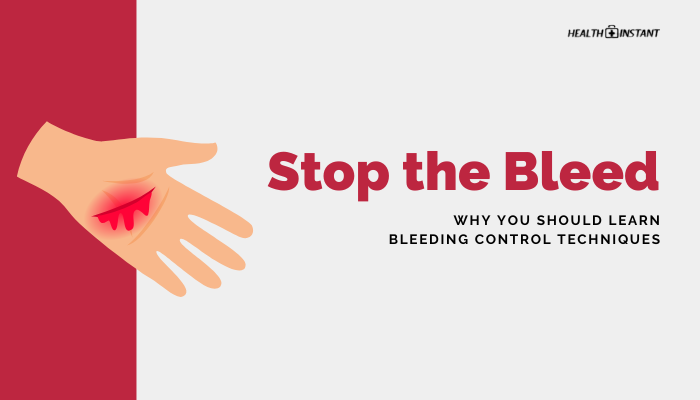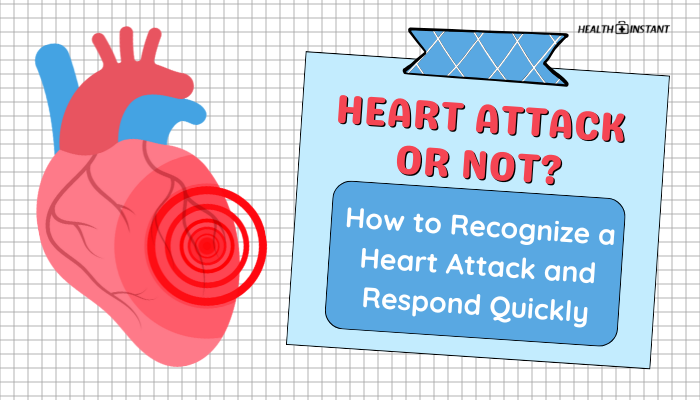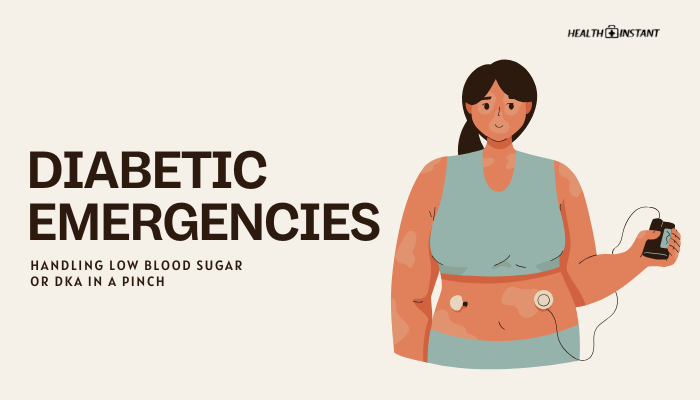Introduction
Seconds count when someone is severely bleeding. Rapid blood loss can lead to shock or even death if not quickly managed. Knowing bleeding control techniques—like applying direct pressure, packing wounds, or using a tourniquet—empowers you to act confidently in emergencies.
This article explains why learning these skills is crucial, how to handle life-threatening bleeding, and ways to get proper training.
The Importance of Bleeding Control
- Preventing Death: Uncontrolled bleeding is a leading cause of preventable death from trauma.
- Bridging the Gap: Quick interventions buy time until professional help arrives.
- Public Readiness: Communities benefit when more bystanders are equipped to respond effectively in accidents or mass-casualty incidents.
Common Causes of Severe Bleeding
- Vehicle Collisions: High-impact crashes can result in deep lacerations or amputations.
- Workplace Injuries: Construction or industrial accidents often involve sharp tools or heavy machinery.
- Natural Disasters: Debris from earthquakes, tornadoes, or floods can cause trauma.
- Violence or Mass Casualties: Gunshot or stab wounds lead to penetrating injuries.
Key Bleeding Control Techniques
Direct Pressure
- First Step: Firmly press a clean cloth or gauze on the wound.
- Maintain Pressure: Keep constant pressure; do not lift the cloth to check the wound repeatedly.
- Elevate Limb (if no fracture suspected): Can help slow bleeding, though direct pressure is primary.
Wound Packing
- For Deep Wounds: Pack sterile gauze or clean cloth into the wound cavity.
- Apply Pressure: Continue pressing on top of the packed material.
- No Gaps: Fill the wound thoroughly to compress bleeding vessels.
Tourniquets
- Last Resort for Limb Bleeding: If direct pressure and packing fail or the bleeding is severe.
- Proper Placement: Apply 2–3 inches above the wound (not over joints).
- Tighten Until Bleeding Stops: Tourniquet use is painful but can be life-saving.
Essential First Aid Tools
- Gloves: Disposable or reusable to prevent infection.
- Gauze and Cloth: Sterile gauze pads or even clean clothing if supplies run short.
- Tourniquet Kit: Commercially made tourniquets (e.g., CAT, SOF-T) designed for quick application.
- Trauma Shears: Cut away clothing to expose wound sites.
- Adhesive Tape: Helps secure dressings.
When to Seek Professional Help
DIY bleeding control is a temporary measure. Seek medical attention if:
- Bleeding Remains Uncontrolled: Despite direct pressure, wound packing, or a tourniquet.
- Multiple Injuries: Head trauma, severe burns, or fractures complicate care.
- Dizziness, Fainting, or Shock: Pale skin, rapid pulse, or confusion suggests the person needs advanced intervention.
How to Get Trained
- Stop the Bleed Campaign: Many organizations offer free or low-cost courses teaching hands-on bleeding control.
- Local Community Classes: Fire departments, Red Cross chapters, or rescue squads often run trauma-care workshops.
- Online Tutorials: Videos can demonstrate techniques, but in-person practice with instructors is invaluable.
Conclusion
Stopping severe bleeding quickly can save a life before paramedics arrive. Familiarity with direct pressure, wound packing, and tourniquet application empowers you to step in confidently. Building these skills requires proper tools, knowledge, and practice. By completing a bleeding control course and keeping essential first aid supplies on hand, you become part of a life-saving chain when emergencies strike.
References
- American College of Surgeons. (2022). Stop the Bleed program.
- American Red Cross. (2021). First Aid/CPR/AED participant’s manual.
- Centers for Disease Control and Prevention (CDC). (2020). Injury prevention and control.
Disclaimer: This article offers general guidelines and does not replace professional medical advice. Always seek qualified training and follow local emergency procedures.




